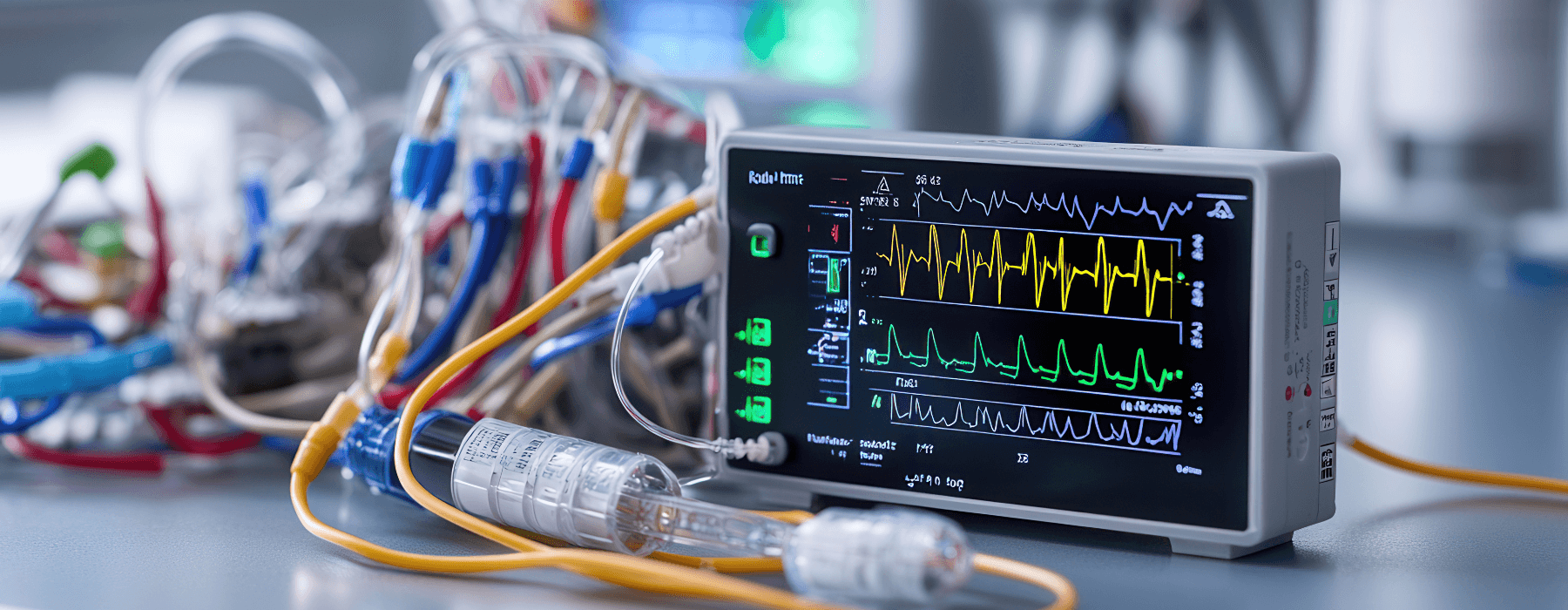In the ever-evolving world of medical technology, precision, reliability, and durability are essential. Medical sensors, which monitor vital signs, analyze bodily fluids, and provide critical data for patient diagnosis and treatment, rely on cutting-edge materials to function efficiently over extended periods. One such material that has gained significant recognition in the field is parylene.This unique polymer has become increasingly integral to the manufacturing and operation of medical sensors due to its remarkable properties, including biocompatibility, moisture resistance, and excellent electrical insulation capabilities.
The Role of Parylene in Medical Sensors
The versatility of parylene makes it an ideal candidate for coating the sensitive components of medical sensors, enhancing their durability, performance, and reliability over time. Below are the key benefits that parylene offers to medical sensor technology.
1. Moisture Resistance and Chemical Protection
Medical sensors are exposed to bodily fluids such as blood, sweat, and interstitial fluid, which can be corrosive and cause significant damage to the sensors if not properly protected. Parylene’s outstanding moisture resistance prevents the absorption of these fluids, ensuring that the sensor components remain protected and functional over time. The thin, uniform layer of parylene acts as an impermeable barrier against moisture, extending the sensor’s lifespan.
Additionally, parylene is highly resistant to a wide range of chemicals, including acids, bases, and organic solvents, which may come into contact with sensors during routine medical procedures or in specialized environments. This resistance is crucial for sensors that monitor conditions in environments where the sensor may be exposed to chemical agents or fluctuating pH levels, such as in biosensors or diagnostic tools.
2. Biocompatibility
Biocompatibility is one of the most important considerations when selecting materials for medical devices, including sensors. Materials that are incompatible with the body can cause adverse reactions, such as inflammation, tissue rejection, or toxicity. Since parylene is chemically inert and does not provoke an immune response, it is widely regarded as one of the safest coatings for medical devices that come into direct contact with human tissue.
For medical sensors that require long-term implantation or consistent use in proximity to the skin or mucous membranes (such as glucose sensors or ECG electrodes), parylene’s biocompatibility ensures that these devices can function safely over extended periods without causing irritation or harm to patients.
3. Electrical Insulation
Many medical sensors, particularly those used for monitoring heart rhythms (ECG sensors) or brain activity (EEG sensors), rely on electrical signals to transmit data. Parylene’s excellent electrical insulating properties ensure that these sensors function properly, preventing electrical shorts or interference that could compromise the accuracy of readings. In addition, the insulating properties of parylene make it a preferred material for sensors that need to be both highly sensitive and highly resistant to environmental interference.
For example, in electrochemical biosensors that use electrodes to detect specific biomarkers, parylene’s insulating properties prevent short circuits between the electrodes, ensuring that the data transmitted by the sensor is accurate and reliable.
4. Durability and Flexibility
Medical sensors often need to function in dynamic and sometimes harsh environments. Sensors that monitor vital signs may need to be flexible to adapt to the body’s movements. Additionally, many medical sensors must withstand mechanical wear and tear, especially those that are used in wearable devices or devices that are in constant motion.
Parylene coatings provide flexibility without compromising the integrity of the sensor. This means that the sensor can maintain its structural integrity even when subjected to bending, stretching, or flexing, which is particularly important in wearable health devices, such as continuous glucose monitors (CGMs) or heart rate monitors. The durability of parylene coatings also ensures that the sensors can function optimally in challenging conditions over long periods.
5. Thin and Conformal Coating
Another significant advantage of parylene is the ability to apply ultra-thin, conformal coatings to sensors. The vapor deposition process ensures that the coating adheres to all surfaces evenly, even on intricate, complex geometries. This is especially important for sensors with fine components or small form factors, such as microelectrodes or sensors embedded in compact devices like wearable health monitors.
The thinness of parylene coatings does not compromise the performance of the sensor. The coating is so fine that it preserves the sensor’s original functionality, ensuring that the device remains lightweight, efficient, and highly sensitive. This is particularly beneficial for medical sensors that need to maintain precise measurements without adding bulk to the device.
6. Enhanced Performance in Harsh Environments
Medical sensors used in critical care or surgical environments are often exposed to fluctuating temperatures, humidity, and exposure to disinfectants or sterilizing agents. Parylene coatings provide superior protection in these situations, ensuring that the sensors continue to operate effectively despite being exposed to external stressors.
For example, sensors used in operating rooms or intensive care units need to function reliably even under conditions of high sterilization, mechanical pressure, and temperature variations.
The resilience of parylene ensures that the sensors can withstand these extreme conditions, maintaining accuracy and longevity.
Applications of Parylene-Coated Medical Sensors
Parylene’s unique properties make it ideal for use in a wide range of medical sensors, including:
- Continuous Glucose Monitors (CGMs): Parylene coatings protect the delicate sensors in CGMs, extending their life and ensuring accurate glucose readings.
- Wearable Health Sensors: Sensors in devices like heart rate monitors or fitness trackers benefit from parylene’s moisture resistance and flexibility.
- Biosensors for Diagnostics: Parylene’s chemical resistance protects biosensors used to detect biomarkers in bodily fluids, ensuring long-term reliability and accuracy.
- Implantable Sensors: In sensors that are implanted within the body, such as those used for monitoring cardiac rhythms, parylene provides protection against bodily fluids and mechanical stress.
From its moisture resistance and chemical protection to its biocompatibility and electrical insulation, parylene is revolutionizing medical sensor technology, enabling devices to perform more accurately and consistently. As the healthcare industry continues to innovate and evolve, the role of parylene in medical sensors will undoubtedly continue to grow, paving the way for more effective, durable, and patient-friendly healthcare solutions.


